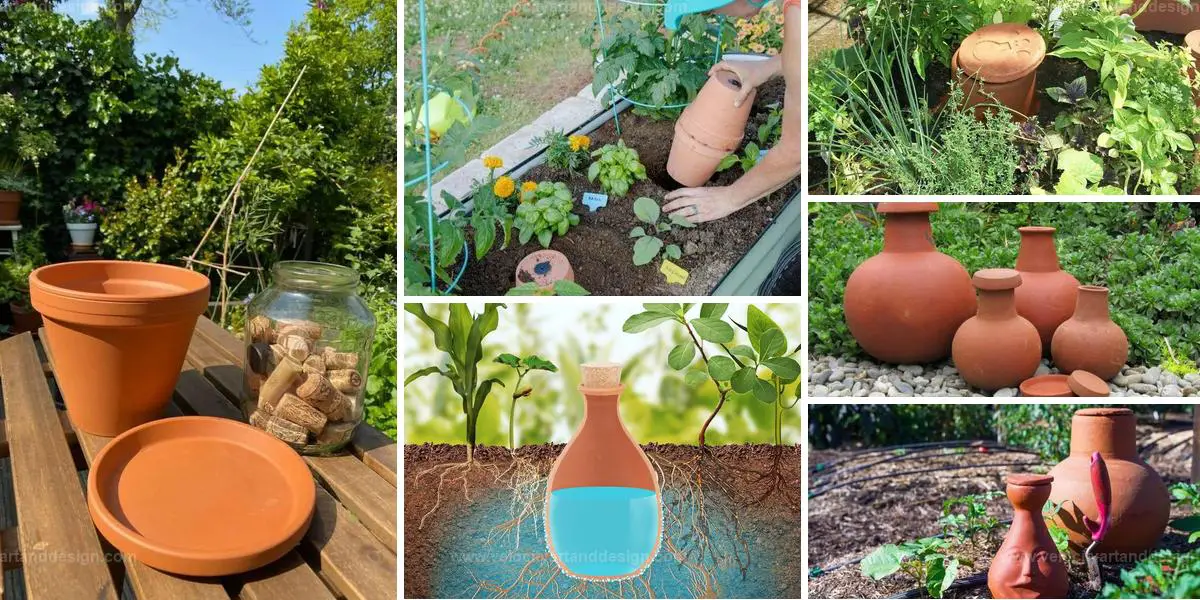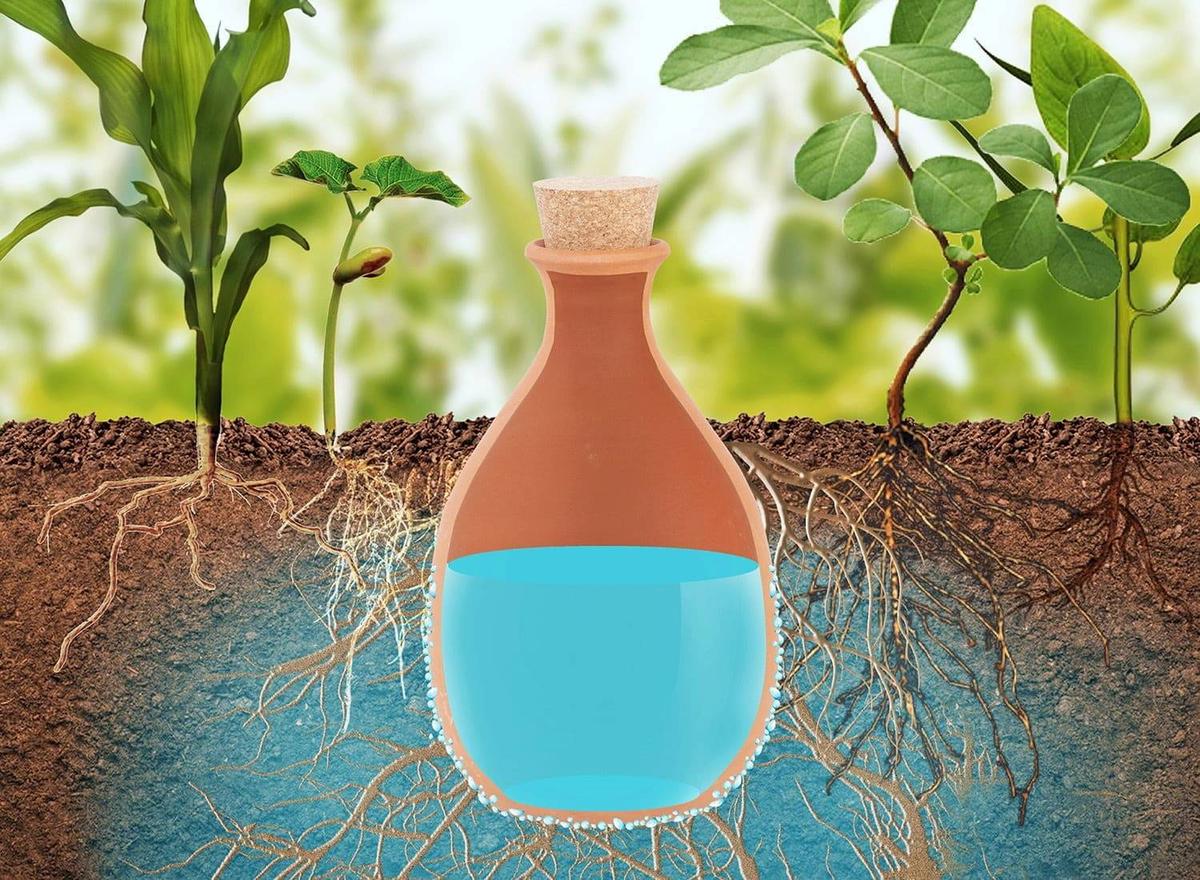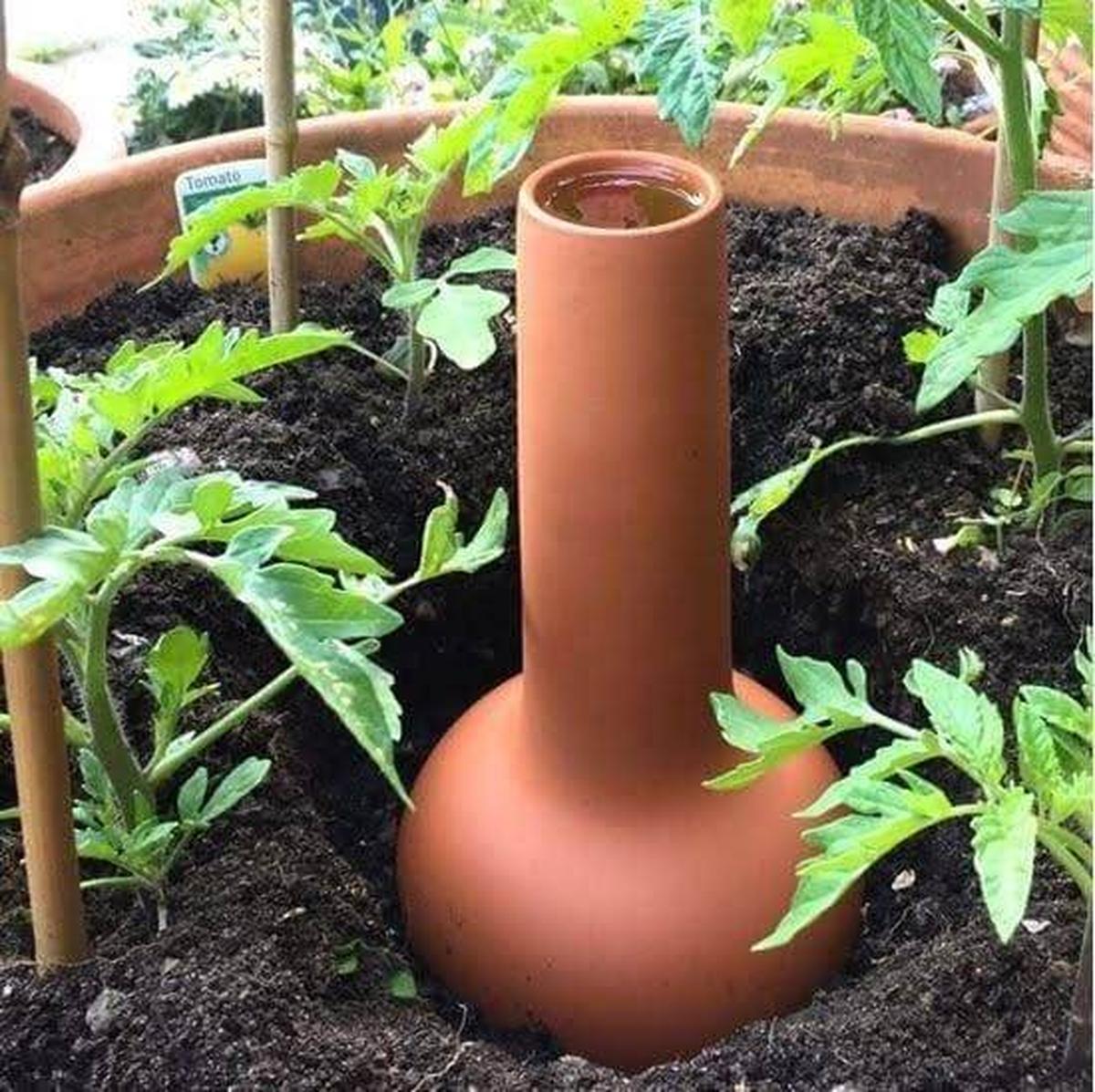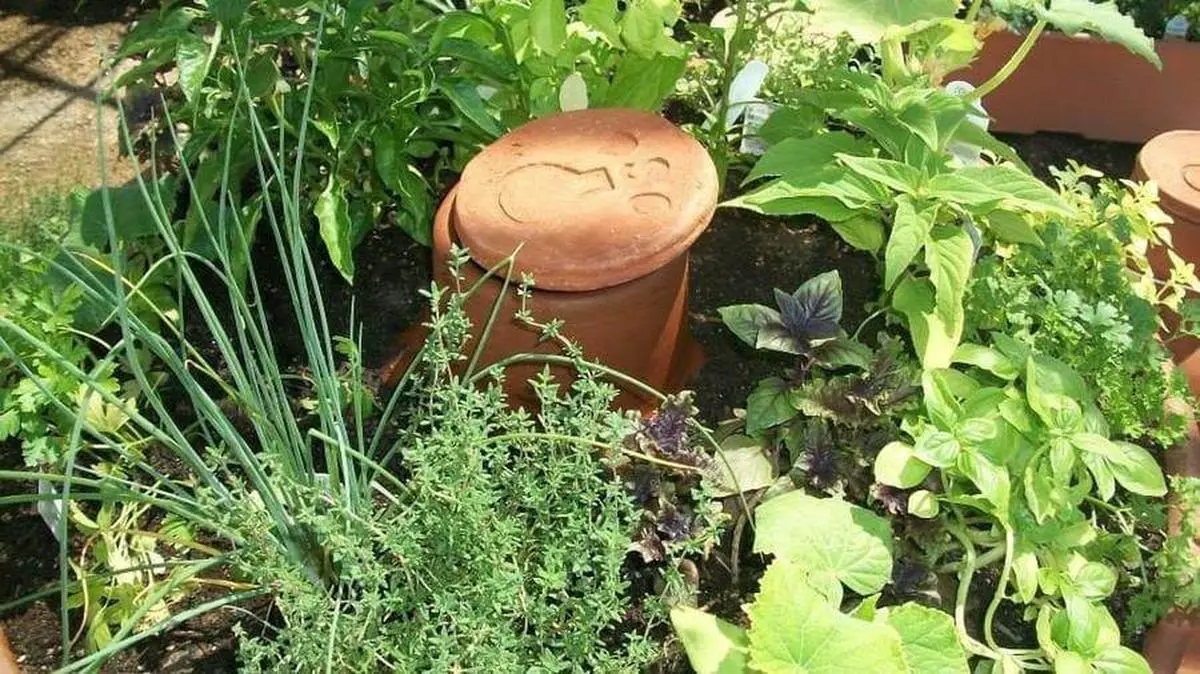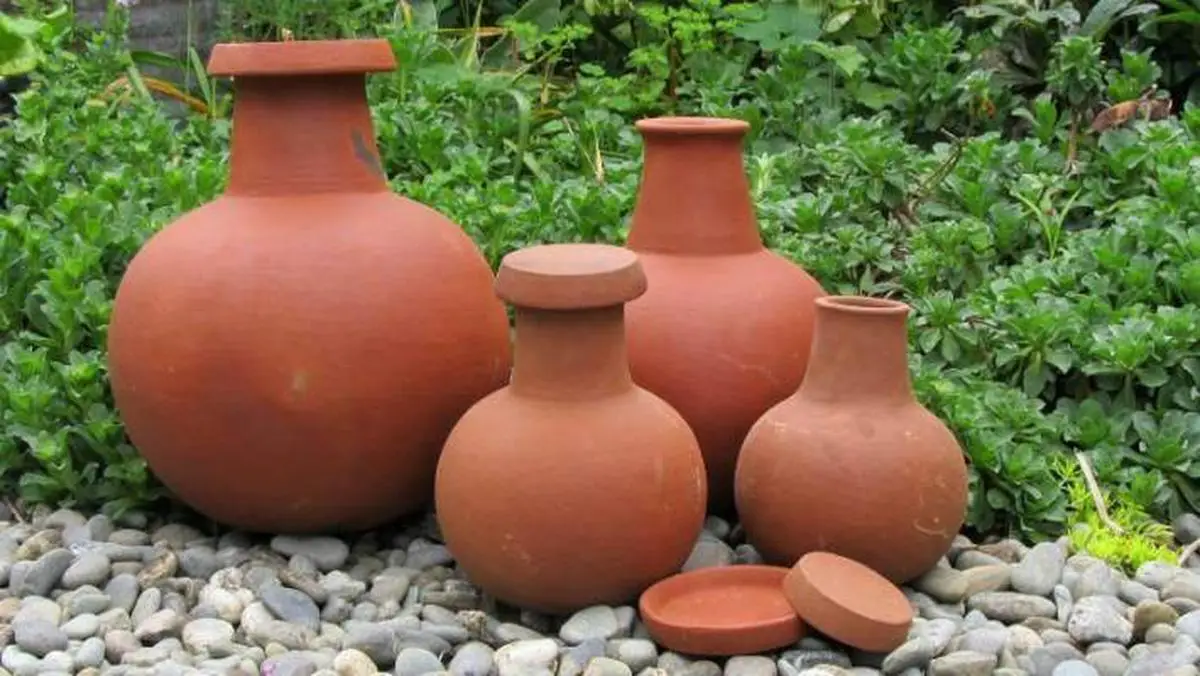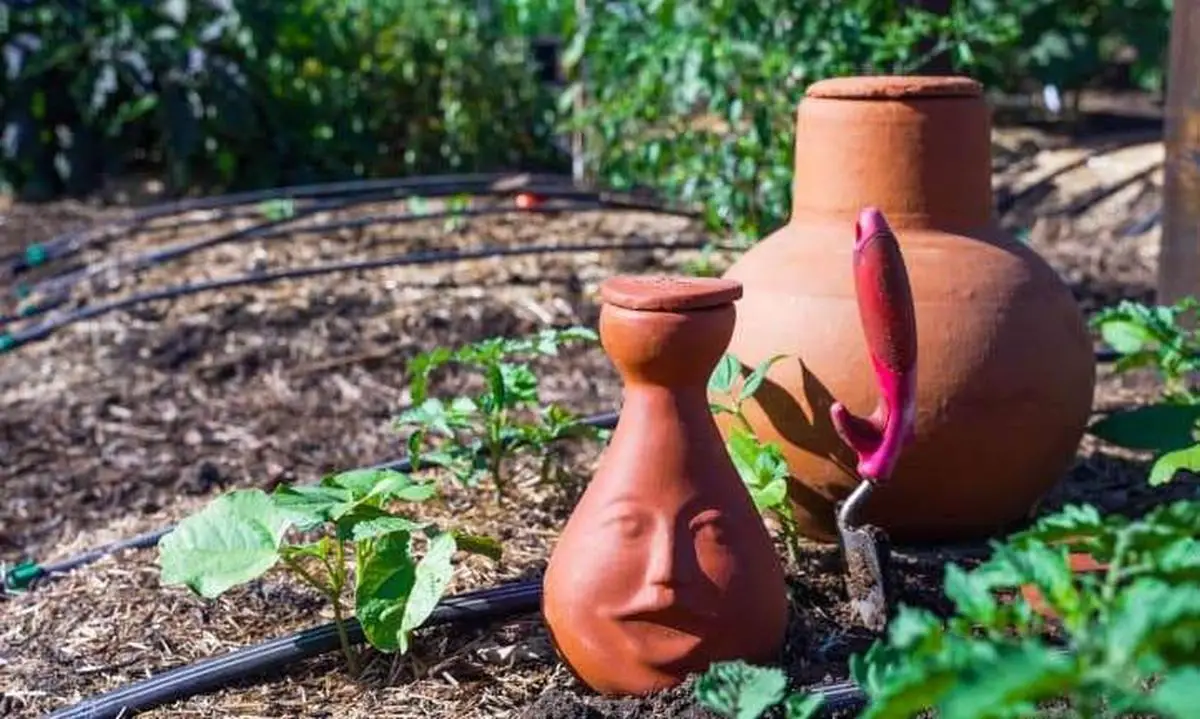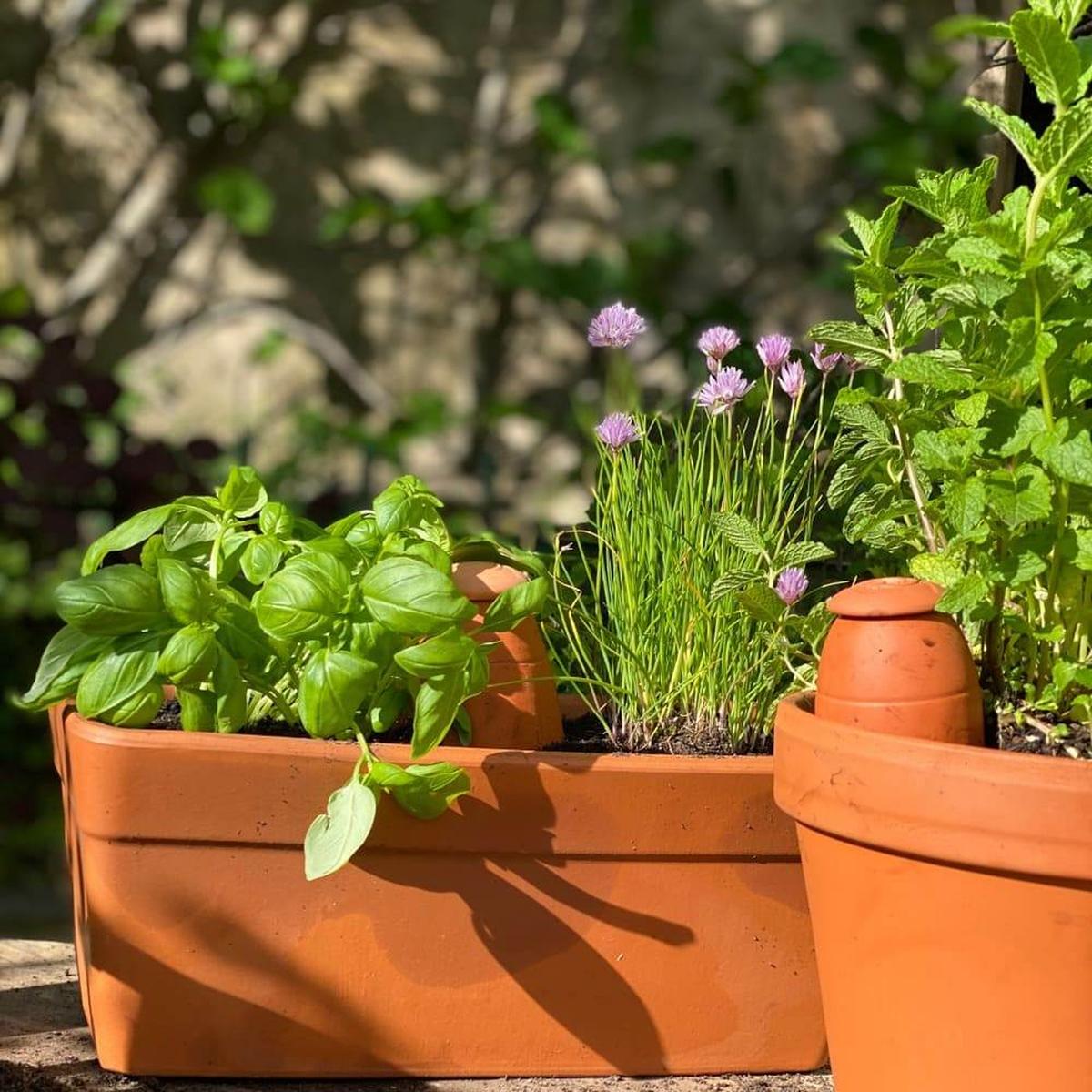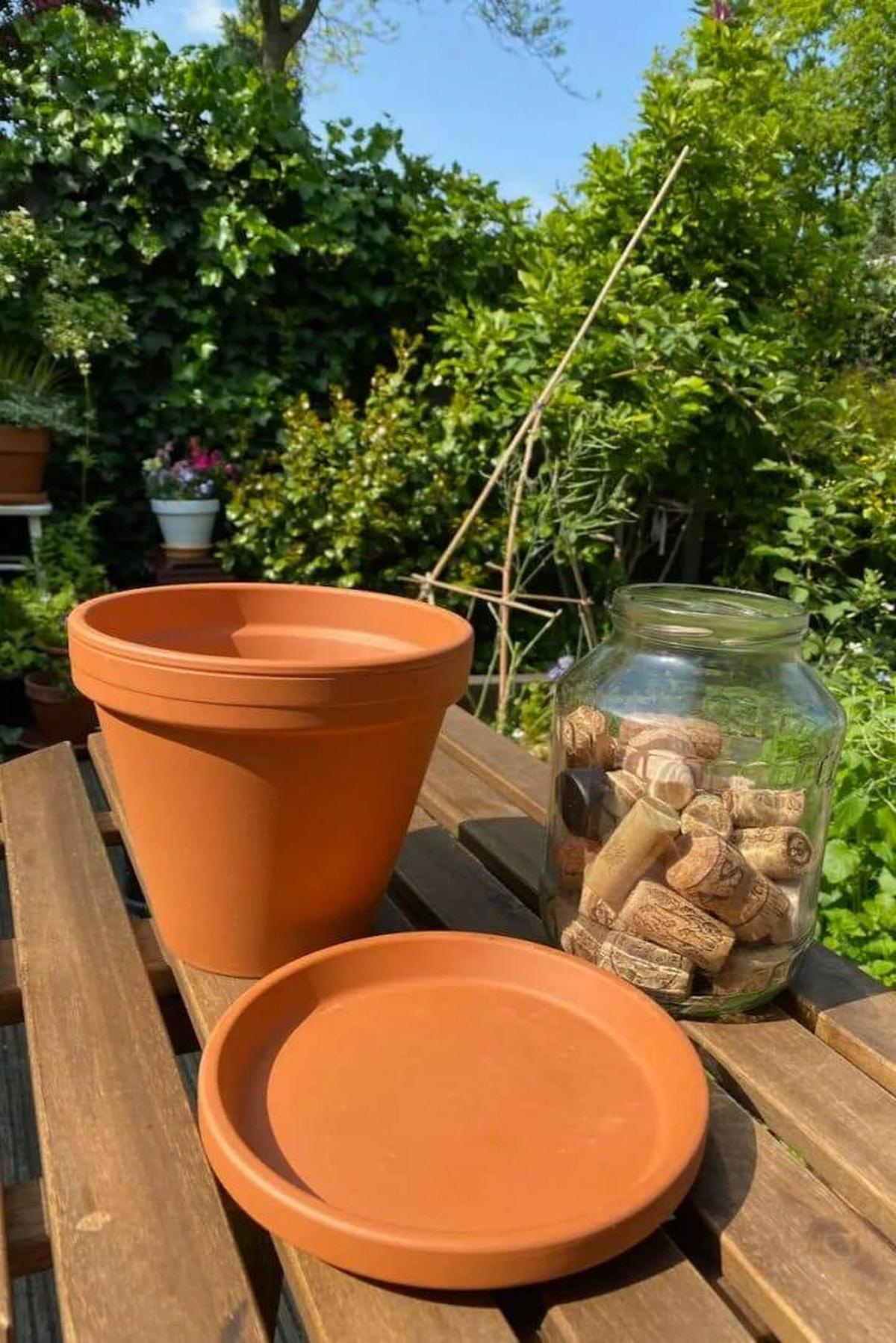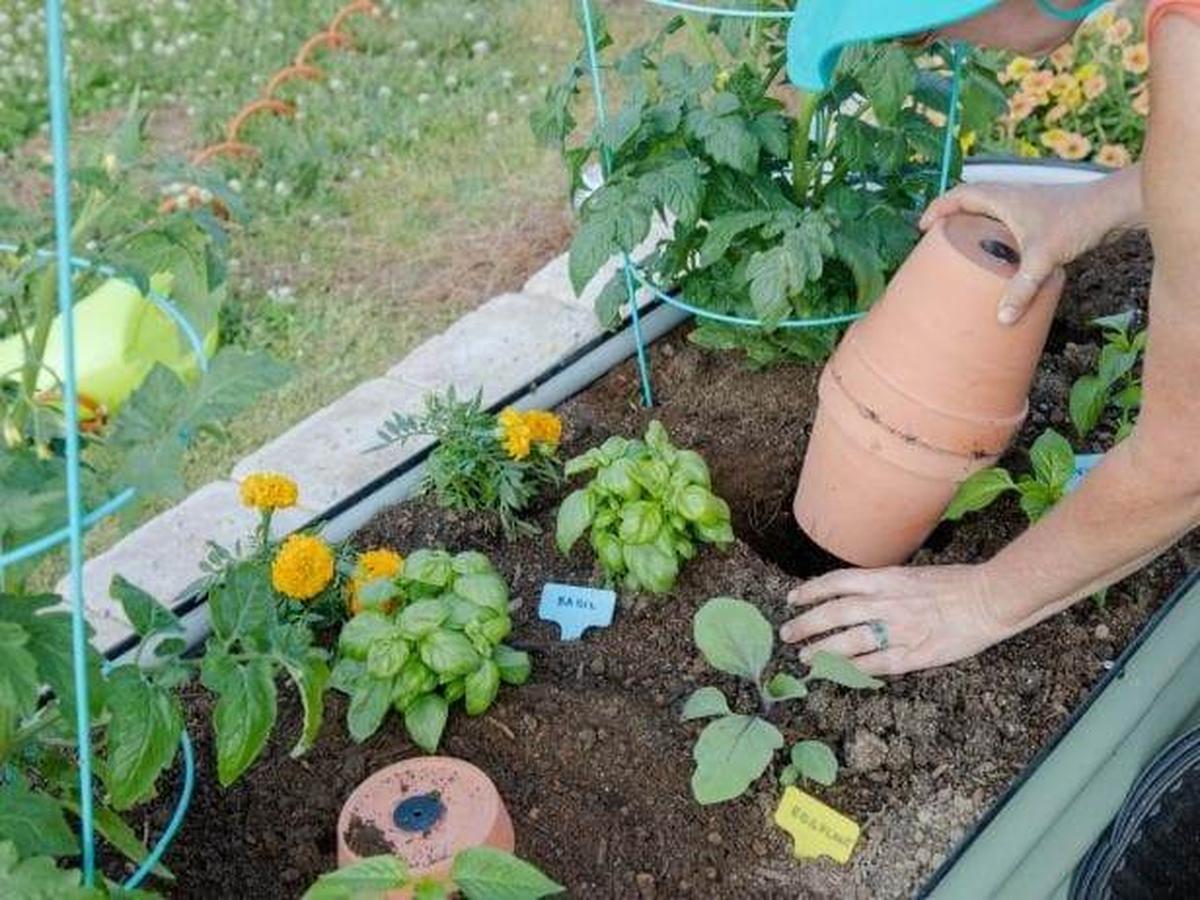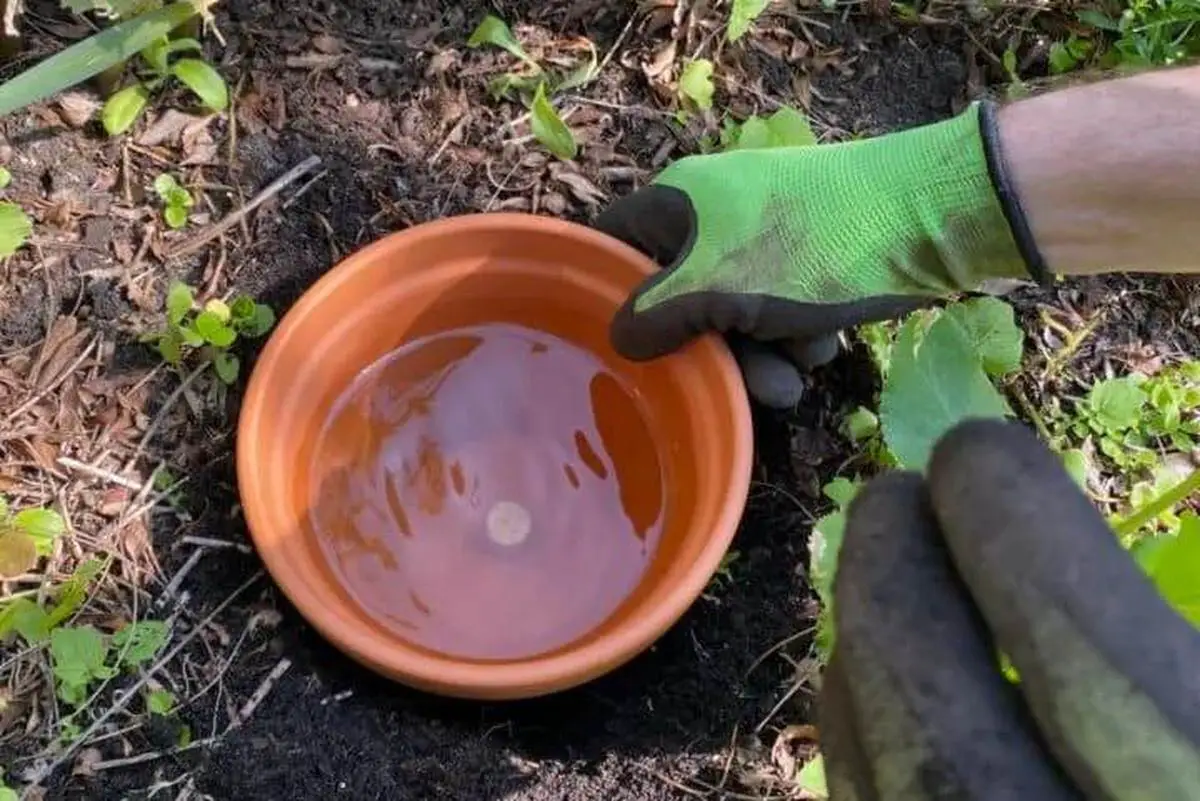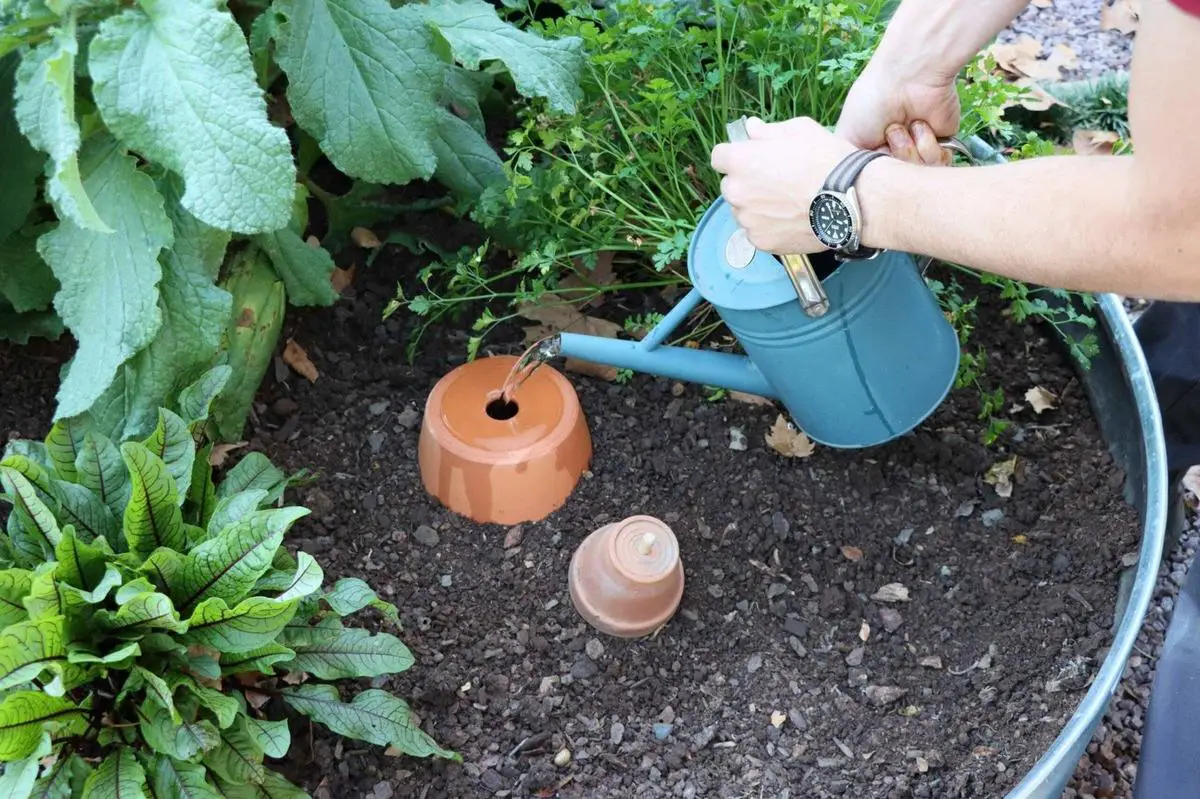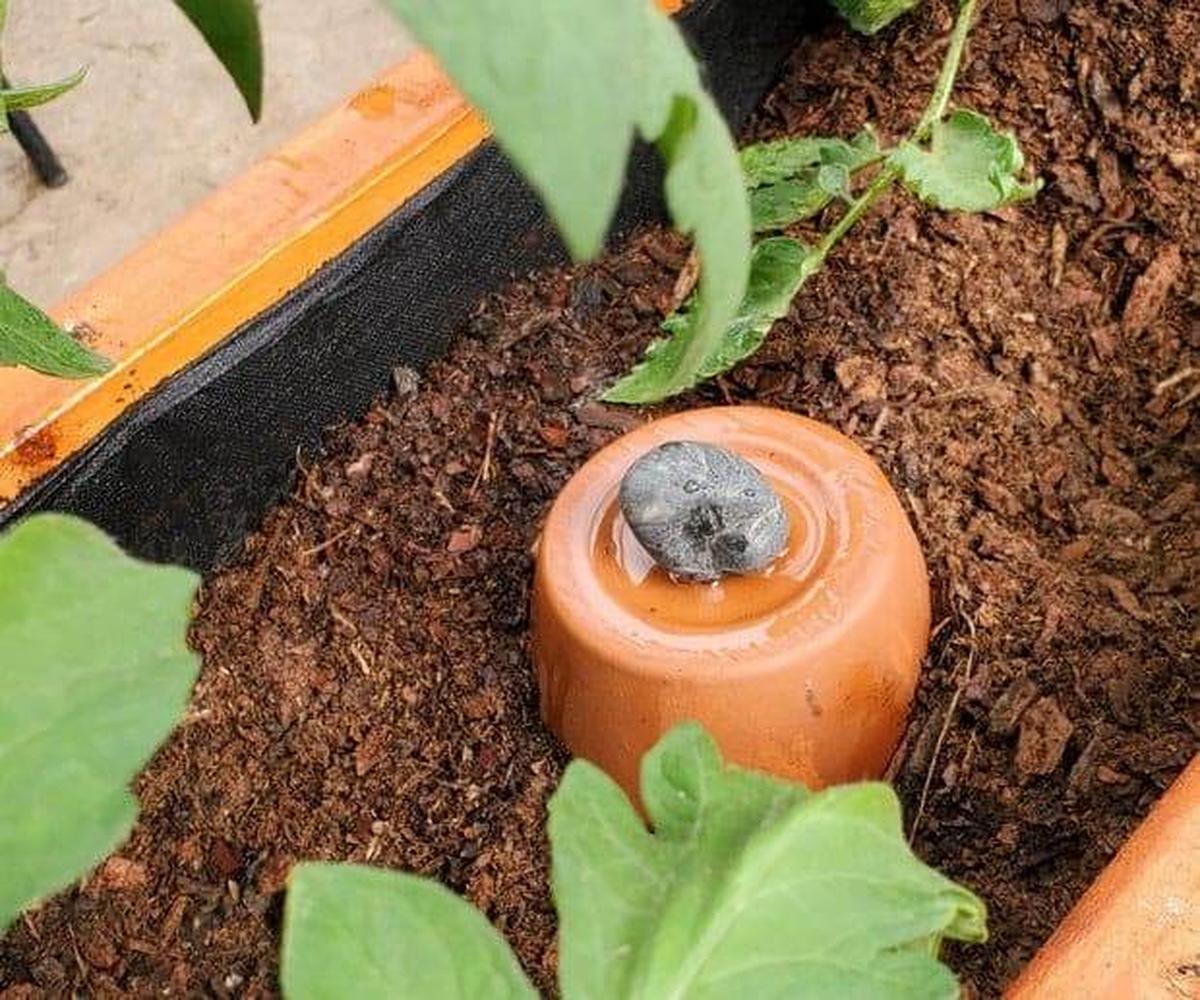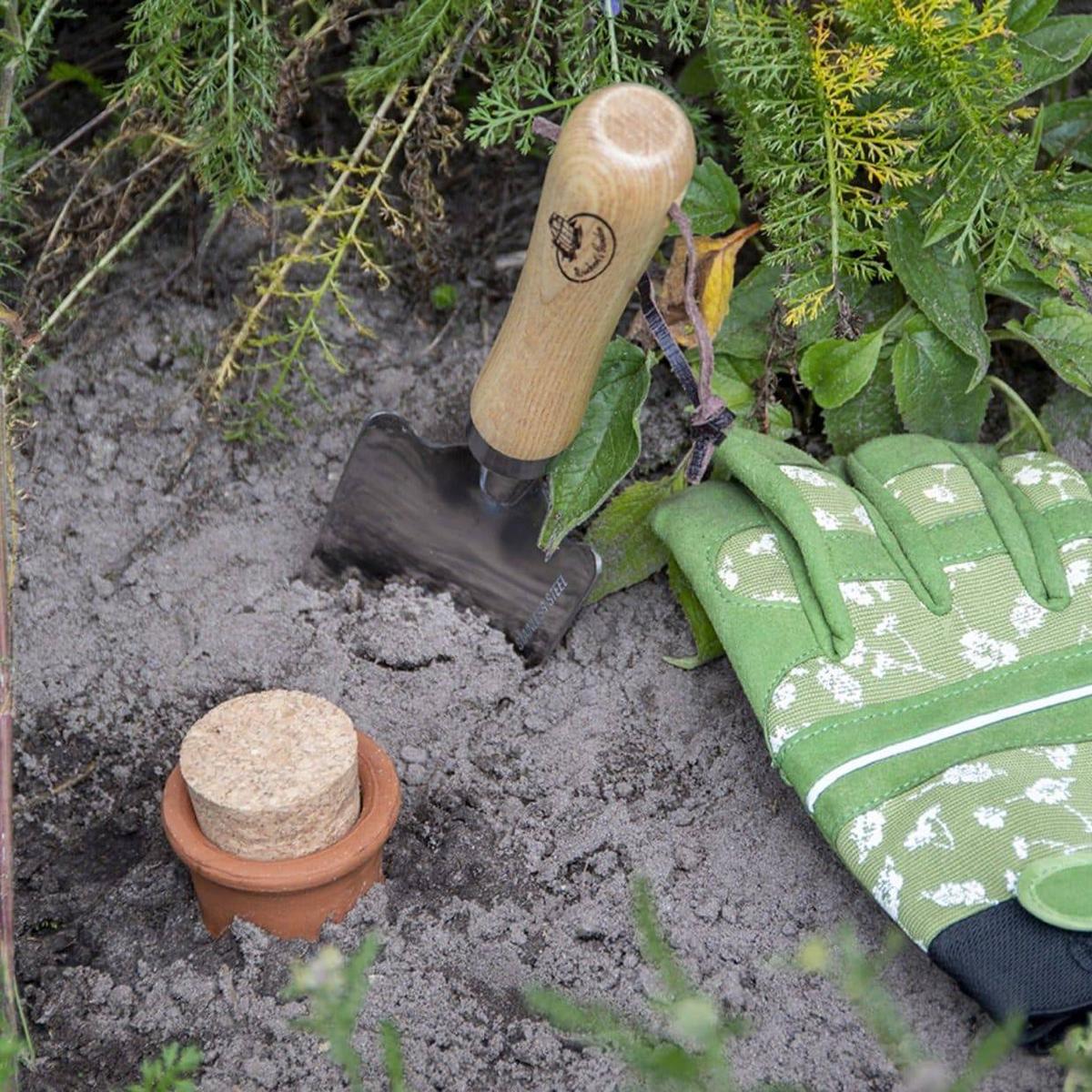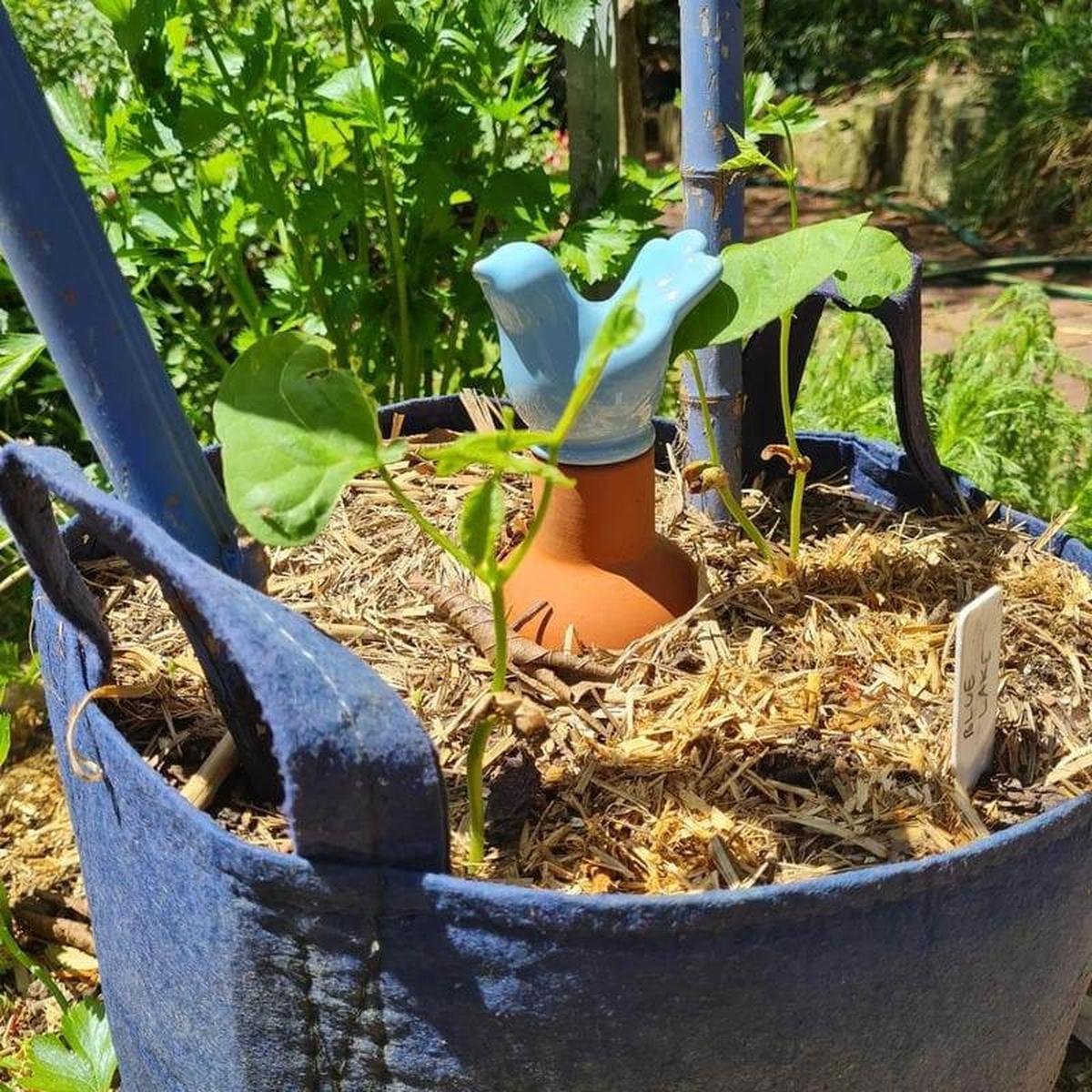Discover How Olla Irrigation Can Improve Your Crop Quality
Olla irrigation, an ancient low-tech watering method, can significantly enhance the yield and quality of your crops.
By ensuring deep water penetration directly to the roots, this system conserves water and reduces the need for frequent watering.
Discover how integrating olla pots into your garden can lead to healthier plants and a bountiful harvest.
Benefits Of Ollas
Water Efficiency
Ollas are highly effective in saving water. By burying these clay pots in your garden soil, they act as a subterranean reservoir. Water gradually seeps through their porous walls directly to the plant roots, minimizing evaporation and reducing water waste.
Consistent Moisture
Ollas ensure a consistent supply of moisture essential for plant growth. They keep plant roots evenly hydrated, helping to avoid the pitfalls of both overwatering and underwatering.
Self-Regulating
One standout feature of ollas is their self-regulating capability. They release water to the surrounding roots as the soil dries and cease when the soil retains sufficient moisture.
This makes them particularly useful for gardeners with busy schedules or those who tend to forget watering.
Reduced Weeding
Ollas also help suppress weed growth by watering directly at the root zone, which keeps the soil surface relatively dry and less hospitable for weeds. This reduces both the emergence of weeds and the effort required for weed control.
Healthier Plants
With consistent hydration at the root level, plants are better prepared to endure dry conditions and resist environmental stressors. This can lead to healthier, more vigorous plants.
Ollas also prevent water stress by delivering water slowly and evenly, matching the plants' needs, thus enhancing growth and crop quality.
Environmentally Friendly
By reducing water waste and promoting efficient water use, ollas also support eco-friendly gardening practices. Their simple yet effective design underscores their role as an environmentally conscious irrigation choice.
Setting Up An Olla
Choose Your Olla
Choose ollas that are appropriate for the size and needs of your garden. A typical olla has a capacity of about two gallons.
Dig a Hole
In your garden bed, dig a hole that's deep enough to accommodate the olla while leaving the neck exposed. Position the olla near your plants to ensure they receive adequate moisture.
Fill the Olla
Before placing the olla in the hole, fill it with water. This initial step primes the clay, preventing it from drawing moisture away from your plants when first buried.
Position the Olla
Place the filled olla into the hole and backfill with soil, leaving the neck visible. You can even plant directly above the olla to maximize your gardening space.
Monitor And Refill
Regularly check the water level in your olla. Depending on factors such as soil type and weather conditions, you may need to refill it anywhere from every few days to every few weeks.
Enjoy The Benefits
As the olla gradually releases water directly to the roots of your plants, you will notice an improvement in the health and productivity of your garden. Using ollas is a step towards more economical and sustainable gardening practices.
More Tips to Know
Type Of Soil
Ollas are compatible with most soil types, yet they perform best in loamy soil that retains water well.
Maintenance
Regularly inspect the olla for mineral deposits that might impede water flow. Cleaning the olla with a vinegar-water solution will help remove these build-ups effectively.
Use Ollas In Container Gardening
Ollas are also suitable for container gardening, provided the container is deep enough to fully encase the olla and is equipped with proper drainage.
Signs To Refill The Olla
Monitor your plants for signs of water stress such as wilting and keep an eye on the water level through the olla's exposed neck to determine when refilling is necessary.
Protect Ollas In Winter
Ollas are practical for use throughout the year in regions that do not experience severe freezes. In areas with harsh winters, it is best to remove the ollas from the garden to prevent damage from frost.
Ollas demonstrate the enduring wisdom of ancient agricultural techniques. By leveraging the natural attributes of clay, they offer an efficient and sustainable irrigation method that promotes the growth of healthy plants.

